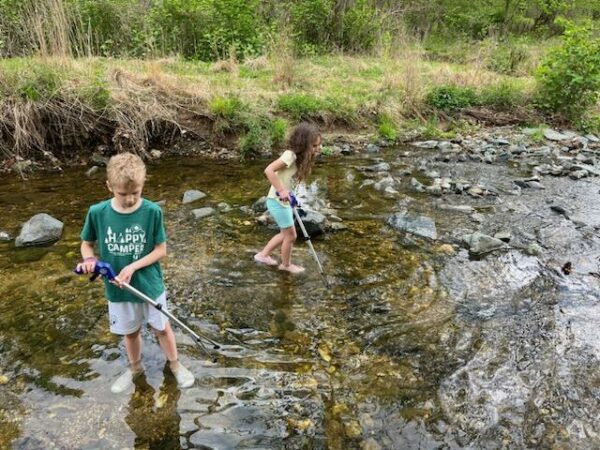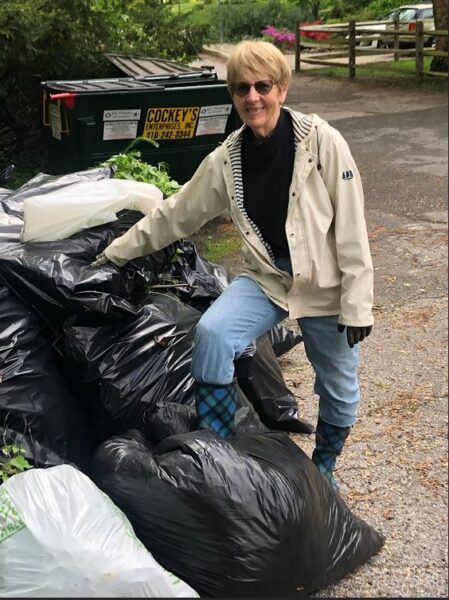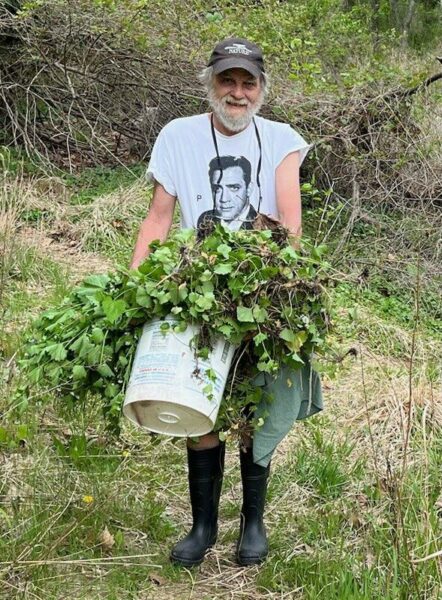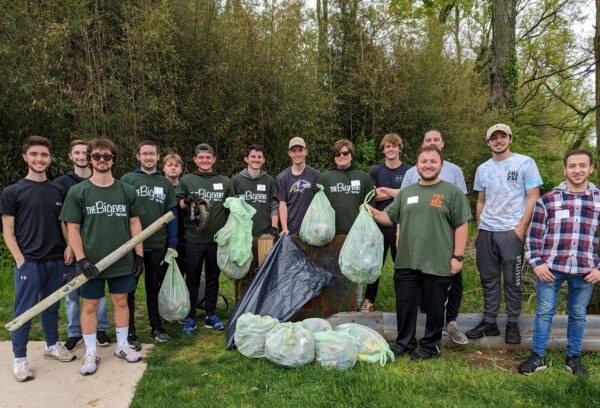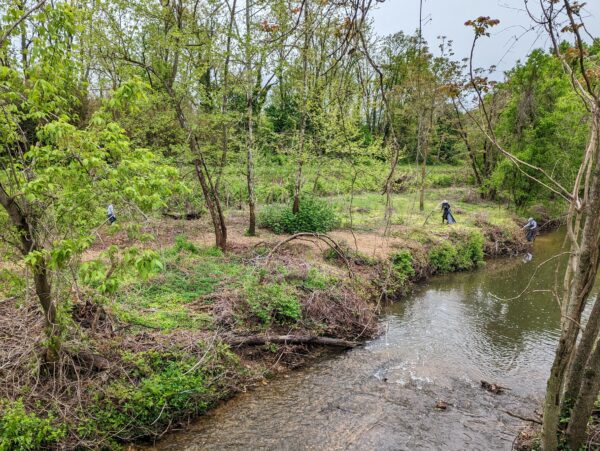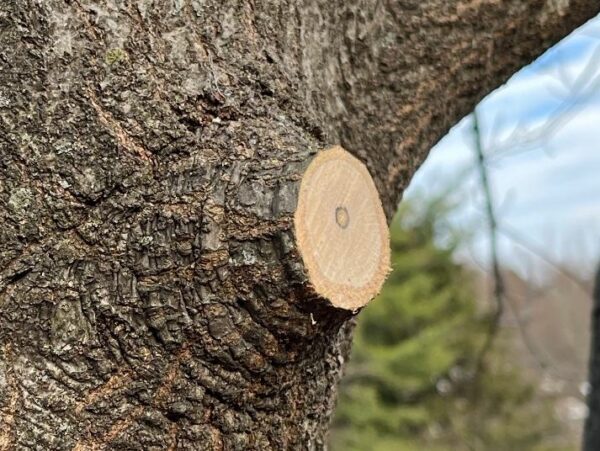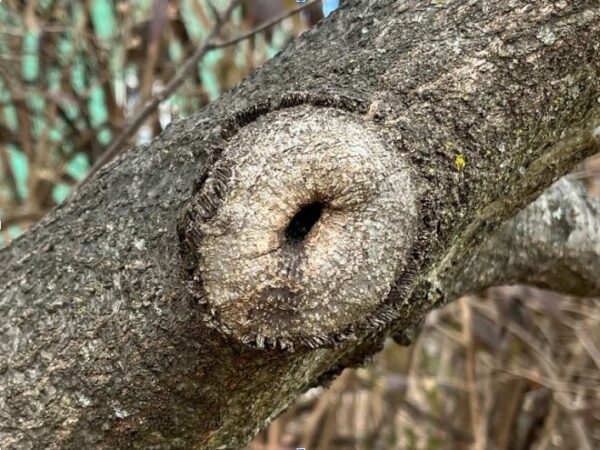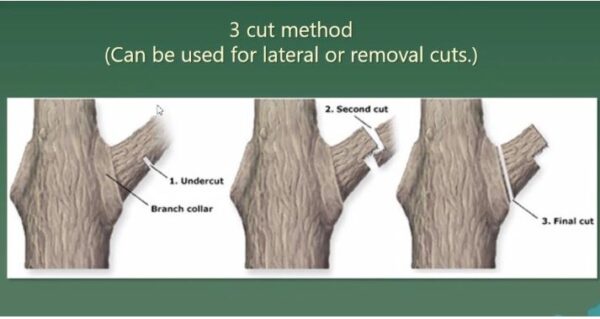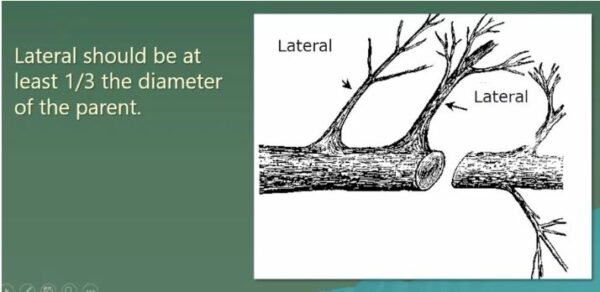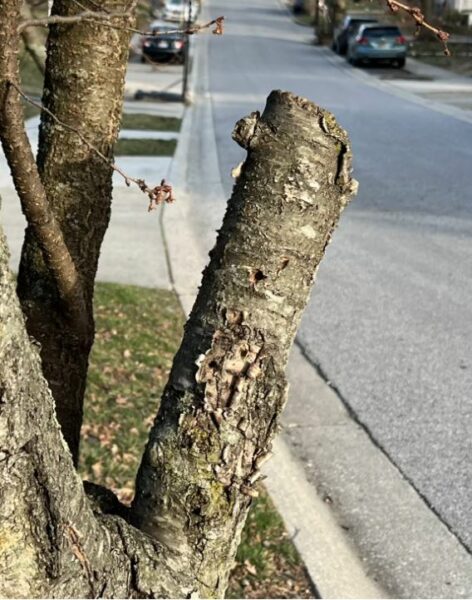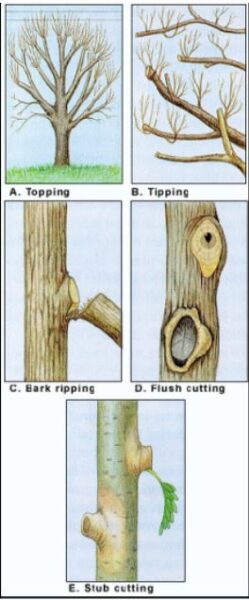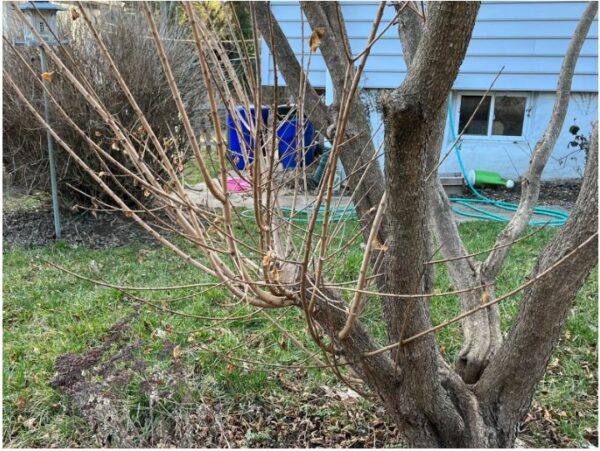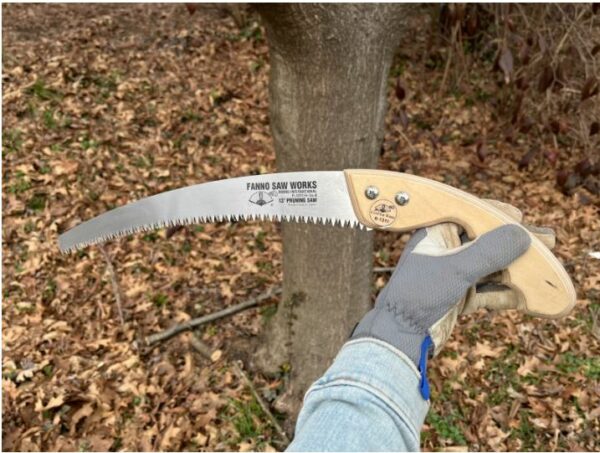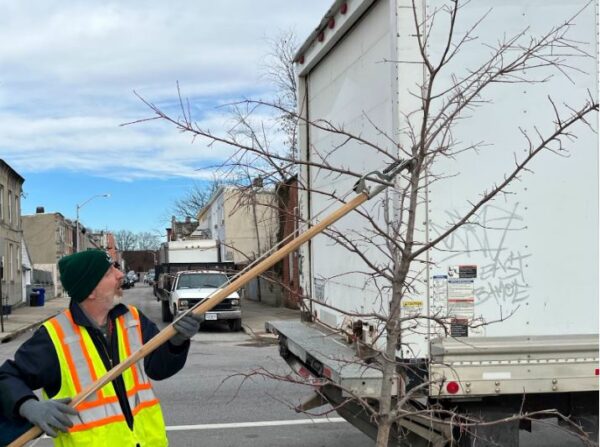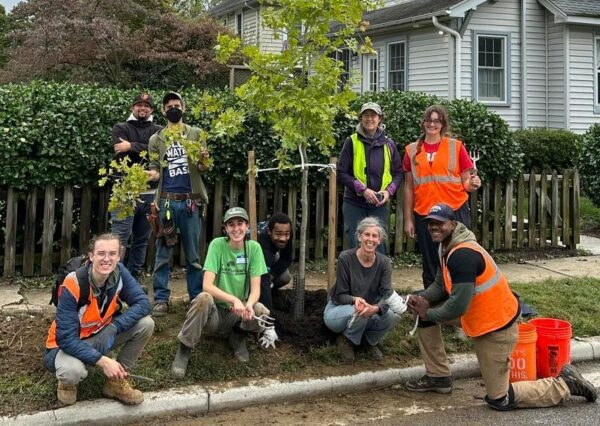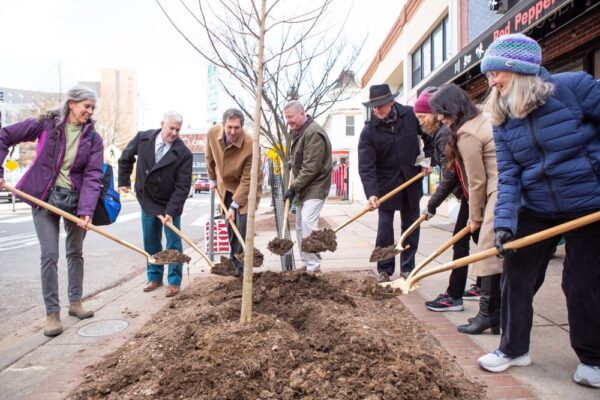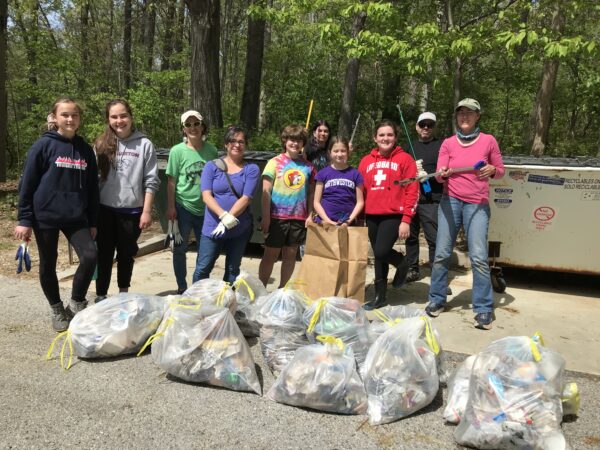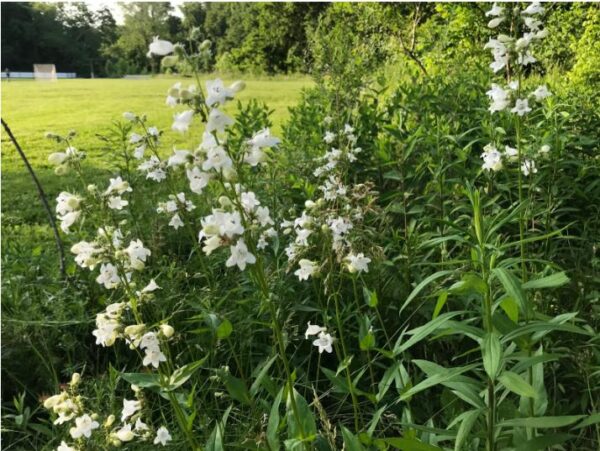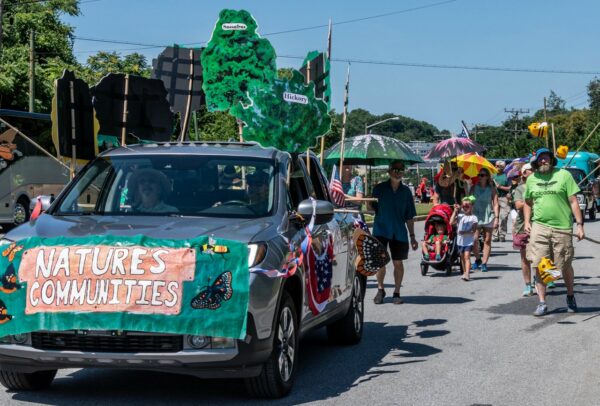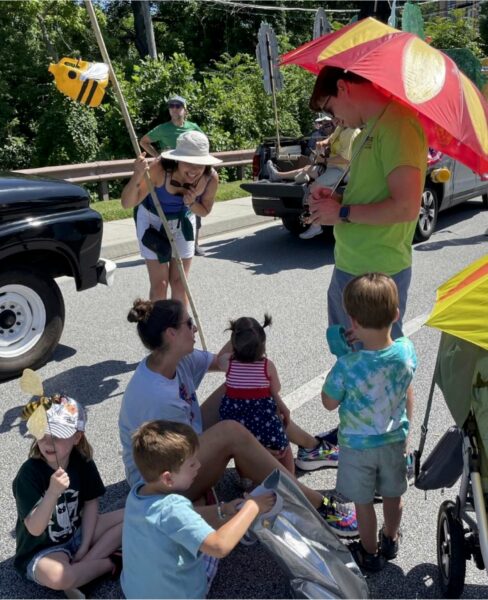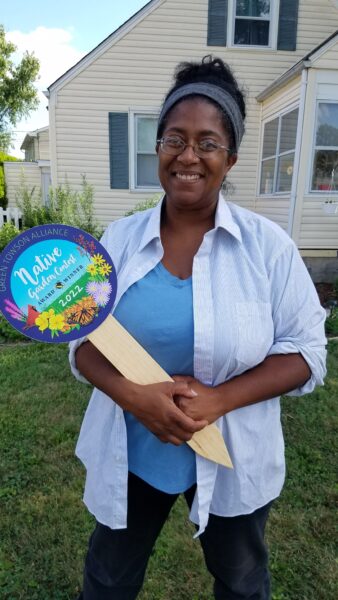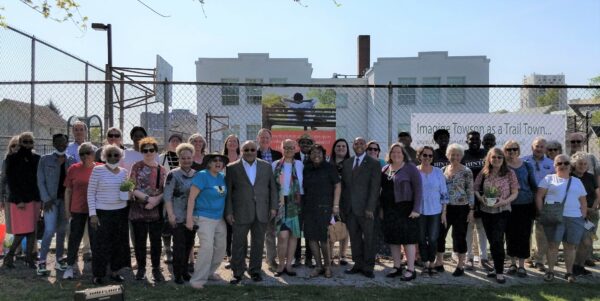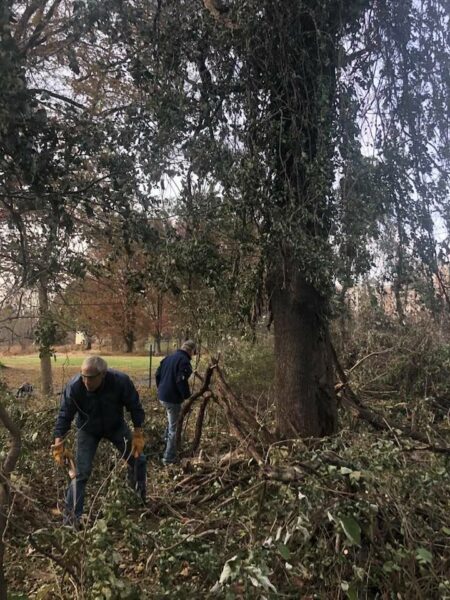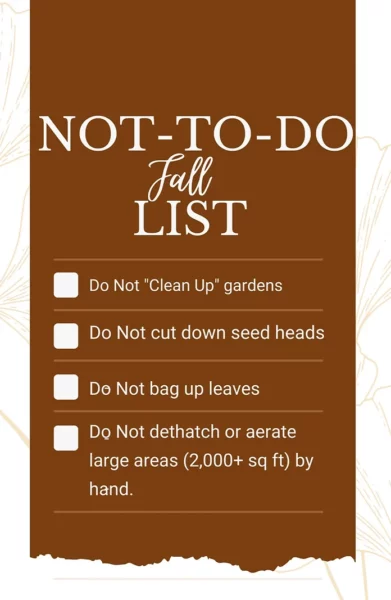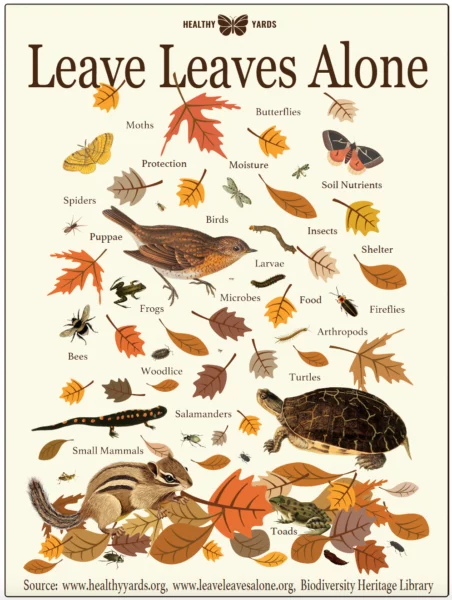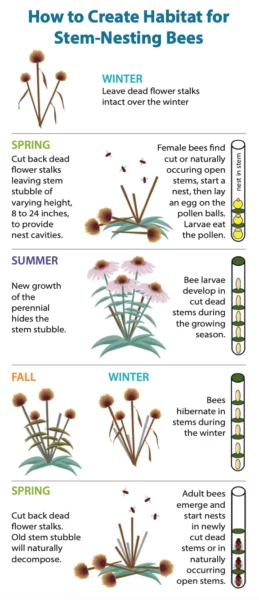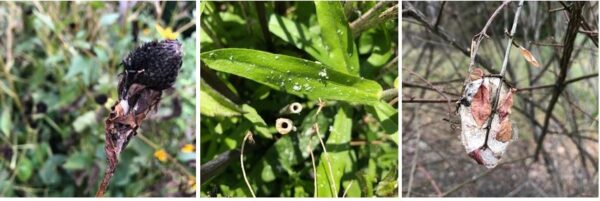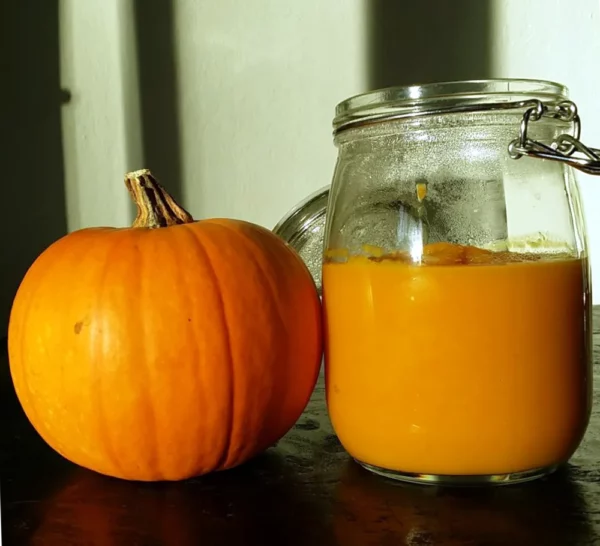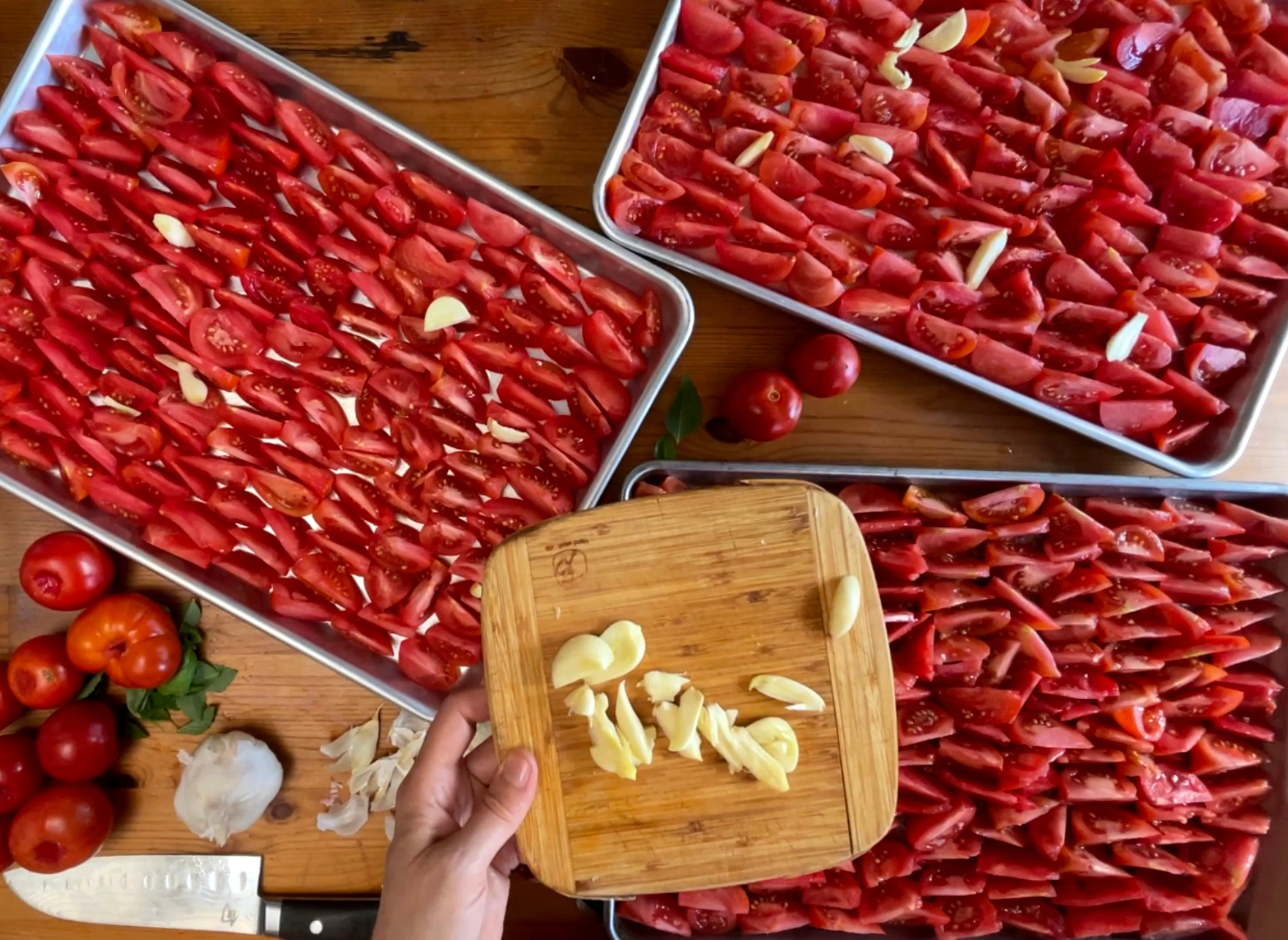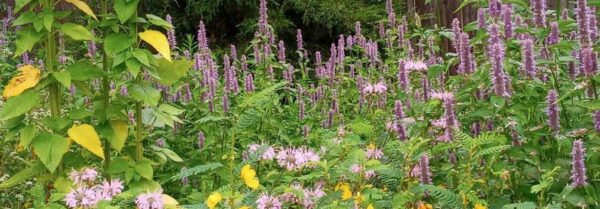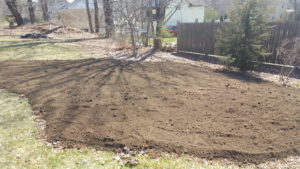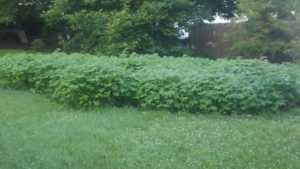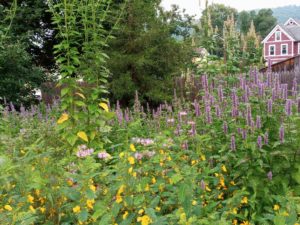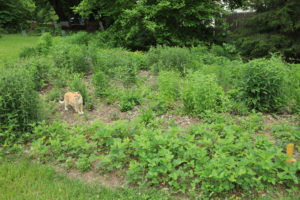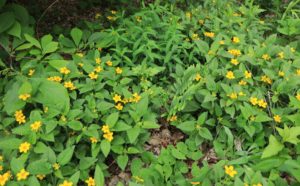We hope everyone will vote in the Primary Election on July 19.
Last month, GTA emailed all of the candidates for County Council for the Councilmanic Districts around Towson- Districts 2, 3, 5, and 6, inviting them to reply to five questions on environmental issues we consider to be high priority for Baltimore County. We received replies from 5 candidates: Izzy Patoka (D) and Tony Fugett (D) (Dist. 2), and Caitlin Klimm-Kellner (D) , Mike Ertel (D), and Tony Campbell (R) (Dist. 6).
The questions are listed below in bold, with the responses we received following the questions.
We encourage members of Green Towson Alliance to consider the candidates’ responses, below, when voting, and to hold the responding candidates who are elected to account.
You may also wish to email candidates who did not reply with questions about their environmental platforms. The email addresses of all the candidates we contacted are listed at the bottom of this document. We have also included a link to a list of questions for the candidates for the 6th Council District that was prepared and published online by the Towson Communities Alliance.
Thank you, as always, for all you do for our natural world.
Green Towson Alliance Executive Committee
Question 1: Several Maryland counties have strengthened their laws regulating how the Maryland Forest Conservation Act of 1991 (FCA) is implemented. Provisions in the FCA were intended as a minimum, with each county responsible for developing implementation laws in their own county. In 2022, the Baltimore County Commission on Environmental Quality (CEQ), at the request of the County Council, created a report including recommendations on strengthening forest conservation in our county, but thus far no changes have been made. The 3-part CEQ report is attached below for your information. Do you favor legislating improvements to implementation the Forest Conservation Act in Baltimore County, and if so, what changes do you support?
Response from Izzy Patoka (D) District 2:
I sponsored Resolution 135-21 that requested that the Baltimore County Advisory Commission on Environmental Quality (the “CEQ”) provide findings and guidance regarding the adequacy of maintenance periods for afforestation and reforestation projects. Currently, the County Code requires maintenance of afforestation and reforestation projects for a period of three years, with the intent of the law being that trees shall be established such that they survive for a longer period so that they replace forests lost to development. So the answer is Yes! At this point I support firm commitments from developers with longer maintenance periods an appropriate
species type planting.
Response from Tony Fugett (D), District 2:
To support resident’s quality of life, the environment must not only be considered, but protected. Therefore, I favor legislation improvements to implementing the Forest Conservation Act in Baltimore County. In addition to the recommended changes by the Baltimore County Commission on Environmental Quality (CEQ) I believe we should also:
● Analyze our existing trees within County easements to determine if they
are failing and need to be replaced.
● Increase replanting efforts of native plant species near riparian buffers and
waterways.
● Support our natural resources management staff through funding that will
allow the County to extend its maintenance management plans and hold
developers accountable for their disruption of natural resources.
● Require developers to comprehensively analyze development impacts on
natural resources, hydrology, geology, and soils and place a 2:1
requirement on tree placement. So for every tree removed due to
development, the project must replant and maintain two trees.
● Increasing funding to purchase and conserve lands for the enjoyment and
prosperity of the natural environment and our residents.
Response from Caitlin Klimm-Kellner (D), District 6:
I do support legislating improvements to implementation of the Forest Conservation Act. I would follow the Commission on Environmental Quality’s recommendations. I would also strengthen the requirements for maintenance. For example, developers should be required to do inspections once a quarter instead of twice a year. I would also add that if any tree dies in that time period of developer responsibility, they must replace the tree. Baltimore County must also increase inspections to match the quarterly rate I suggested.
Response from Mike Ertel (D), District 6:
Yes, I favor legislating improvements to the Forest Conservation Act. I’d like to see the elimination of waivers.
Response from Tony Campbell (R), District 6:
I agree with the four recommendations offered by the Baltimore Commission on Environmental Quality. Specifically making three changes to current county law:
· Lowering the Forest Conservation Law from 40,000 to 20,000 SF
· Revise fee-in-lieu charges as recommended
· Increasing the maintenance period for developers to 10 years.
Question 2. Implementation of the state’s Roadside Tree Law (COMAR Title 5-401) in Baltimore County has been delegated to the Department of Public Works and Transportation. Currently, roadside trees are removed upon request from property owners for a small fee, and replacement trees are not required to be planted. Do you support reforms to strengthen the way Baltimore County implements the Maryland Roadside Tree Law to protect healthy trees and replace in the same geographic area those trees that must be removed?
Response from Izzy Patoka (D) District 2:
Yes. Tree removal initiatives must be done in a parallel effort with tree planting efforts. There are many organizations to partner with such as Blue Water Baltimore.
Response from Tony Fugett (D), District 2:
Trees contribute in several ways to our environment, from providing oxygen and improving air quality to climate amelioration, conserving water, cooling streets, and conserving energy. I support reforms that strengthen how Baltimore County implements the Maryland Roadside Tree Law to protect healthy trees and replace those that must be removed in the same area. I believe that roadside trees should only be removed is they cause harm or danger to pedestrians, cyclists, and vehicular drivers.
Response from Caitlin Klimm-Kellner (D), District 6:
I do support reforms to strengthen Baltimore County implementation of the Maryland Roadside Tree Law. Unless the tree is going to cause bodily harm, extreme building damage, cause major roadside visibility obstruction, the trees should stay on the property. If a property owner wants the tree removed, the fee should be increased and there should be a requirement that they must plant additional trees either on the property or within a county recommended area.
Response from Mike Ertel (D), District 6:
Yes, I’d also like to move not to have the county pay for any healthy trees being cut down that have buckled sidewalks. We need to add more arborists to the county DPW / DEPS staff.
Response from Tony Campbell (R), District 6:
Yes, I support reforms to strengthen Baltimore County DPW’s implementation of the Maryland Roadside Tree Law. Replacement trees should be planted, and perhaps some tax reduction incentive to homeowners to provide maintenance of the new trees.
Question 3: Currently Baltimore County Department of Environmental Protection and Sustainability relies primarily on traditional stormwater management strategies such as large regional ponds and stream restoration projects, both of which cause environmental damage. Industry best practices recommend addressing stormwater runoff close to where the rain falls through bioretention facilities, raingardens, green roofs, bio-swales and other environmental site design techniques, which are less damaging. Do you support a legislative effort to ensure that DEPS follows best practices to address stormwater runoff in the county?
Response from Izzy Patoka (D) District 2:
Yes . We should not settle for anything less than best practices in the industry.
Response from Tony Fugett (D), District 2:
Although buildings have gotten higher, and our cities have gotten smarter, our water infrastructure systems have not changed over hundreds of years, resulting in line failure, water contamination, and adverse environmental impacts. Access to clean water and the ability to treat wastewater are growing concerns, along with managing waste, water loss, flooding, and the impact of climate change and rapid urbanization. I support legislative efforts to ensure that DEPS follows best practices to address stormwater runoff in the County. I would hope to see the following improvements that have been implemented in counties and cities across the nation, such as:
● Improved packaging in grocery and retail markets
● Bag collection fee to promote the use of reusable bags
● Installing smart water and waste management technologies that detect
leakage, provide predictive maintenance, and support just-in-time waste
collection
● Assisting businesses to switch to gray water infrastructure for landscape
watering
● For development, reducing the extent of clearing, grubbing, and paving
● Eliminating the need for stormwater management ponds for development
(i.e. Pembroke Woods LID Subdivision in Frederick County, MD)
● Working with the Planning Department to create realistic parking
allowances for development.
Response from Caitlin Klimm-Kellner (D), District 6:
Yes I do support legislative efforts to ensure that DEPS follows the best practices in regards to stormwater runoff. As county residents, we do not hear enough about the best practice recommendations and I believe we need to legislate these efforts to ensure the best environmental practices.
Response from Mike Ertel (D), District 6:
Yes, I’d like DEPS to require stormwater runoff through bioretention facilities, raingardens, green roofs, bio-swales and other environmental site design techniques.
Response from Tony Campbell (R), District 6:
Yes, I would support a legislative effort to better manage stormwater runoff.
Question 4: Baltimore County’s land development process has long favored the interests of the development community at a significant cost to the environment. The Green Towson Alliance promotes the following changes to the development process:
Strengthen the County’s Adequate Public Facilities Legislation to require fees from developers to fund water and sewer systems, public roads, schools, open space/parks, and other utilities.
Reform the environmental variance process to include a public comment period and tightening of criteria for granting variances.
Limited Exemption & Special Exception reforms, including notification of affected communities, guidance to communities in interpreting plan refinements, and an appeals process for administrative decisions.
Do you support these changes to the county’s land development process?
Response from Izzy Patoka (D) District 2:
Yes. In my first year of Office I supported legislation to create impact fees to offset the negative effects of development. I also support the implementation of the Adequate Public Facilities Ordinance Task Force recommendations.
Response from Tony Fugett (D), District 2:
It is time for Baltimore County to favor its residents and the environment. I support changes to the land development process. I believe in civic engagement and transparency. Residents should know when development is proposed within 600 feet of their residence, so communities can come together to make a collective statement on its impacts.
Response from Caitlin Klimm-Kellner (D), District 6:
Yes, I support changes to the county’s land development process. Baltimore County is behind on developer fees so strengthening the County’s Adequate Public Facilities Legislation would help get the county to match other areas. I also believe that the residents should have a say in every decision and support the public comment period for environmental variances. I do need some additional research and conversation (regarding) Limited Exemption & Special Exception reforms. The way it reads to me is that we would be limiting notification of affected communities; and I believe communities should have as much notification and details as possible.
Response from Mike Ertel (D), District 6:
Yes, I support these changes to the county’s land development process.
Response from Tony Campbell (R), District 6:
For too long, developers have had their way in Baltimore County. The “Pay for Play” system has benefited politicians and developers alike, and the environment and local communities such as Historic East Towson have suffered because of these backroom deals.
Question 5: As Towson’s central business district is more densely developed, Green Towson Alliance supports the adoption of the urban design standards that were developed in the Walkable Towson Plan in 2010 so that the downtown is safer, more walkable, and more economically vibrant. Do you support the adoption by the County Council of better urban design standards for downtown Towson?
Response from Izzy Patoka (D) District 2:
Yes. Urban design stands are not static. They change with time. We may need to revisit all aspects of design in a post pandemic economy.
Response from Tony Fugett (D), District 2:
I support the adoption by the County Council of better urban design standards for downtown Towson, specifically traffic calming techniques and increasing opportunities and access to non-motorized transportation.
Response from Caitlin Klimm-Kellner (D), District 6:
I am a supporter of community plans therefore I support the Walkable Towson Plan from 2010. As stated on the Green Towson Alliance website: “this guidance and these regulations should not be compromised to further developers’ or governmental interests.” I fully support that statement and would like to partner with the Green Towson Alliance to ensure that those goals in the Walkable Towson Plan are being met.
Response from Mike Ertel (D), District 6:
Yes, we need Urban Design Standards for Downtown Towson.
Response from Tony Campbell (R), District 6:
As the former Bike and Pedestrian Program Manager for MDOT-SHA, I was involved with dozens of projects which helped to make communities across the state more walkable, more bicycle friendly, and healthier. Green and Open Space is at a minimum in the greater Towson area. Trails should be developed between TU and downtown Towson, as well as the “Freedom Trail” linking Historic East Towson to the Hampton Historic Site. Yes, I support the adoption of better urban design standards for downtown Towson.
Here is a list of the 15 County Council candidates Green Towson Alliance contacted:
District 2: James Amos (R ) jamesamos132@gmail.com
Tony Fugett (D) votetonyfugett@gmail.com
Izzy Patoka (D) izzypatoka@gmai.com
District 3: Wade Kach (R ) kachelection@gmail.com
Roberto Zanotta (R ) zanotta4md@gmail.com
Paul Henderson (D) henderson4balco@gmail.com
District 5: Philip DePaulo (R ) drphil@depalo.com
David Marks (R ) councilmanmarkscampaign@gmail.com
Crystal Francis (D) francisforcouncil@gmail.com
Nick Johnson (D) nickjohnsond5@gmail.com
District 6: Tony Campbell (R ) campbell4maryland@gmail.com
Mike Ertel (D) mike@ertelforbaltimorecounty.com
Shafiyq Hinton (D) shafiyq@shafiyqhinton.com
Caitlin Klimm-Kellner (D) cklimmkellner@gmail.com
Preston Snedegar (D) prsned53@gmail.com
You can read the survey of District 6 candidates compiled by the Towson Communities Alliance here.
